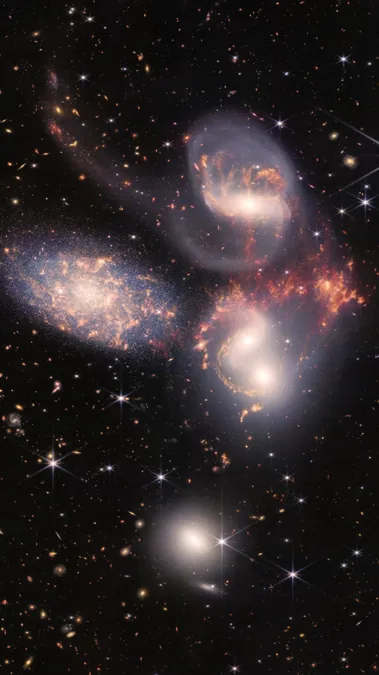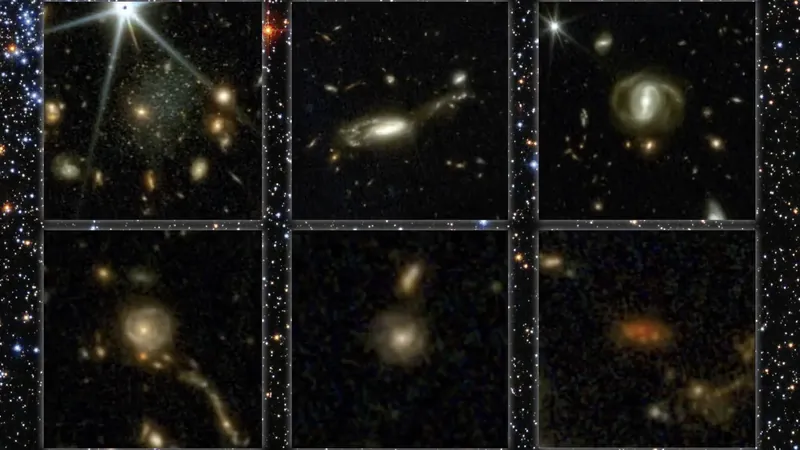
Explore the 7 Most Stunning Spiral Galaxies Nearest to Earth!
2025-05-08
Author: Arjun
1. The Majestic Andromeda Galaxy
At an astonishing distance of 2.5 million light-years, the Andromeda Galaxy reigns as the closest spiral galaxy to Earth. This massive celestial giant is so bright that it can be seen with the naked eye from our planet. Andromeda is not just a stunning sight; it’s on a collision course with our Milky Way!
2. The Charming Triangulum Galaxy
Located 2.7 million light-years away, the Triangulum Galaxy is a smaller, face-on spiral and a delightful companion to Andromeda within our Local Group. Its beautiful structure makes it a fascinating object of study for astronomers.
3. NGC 300: A Star-Forming Wonderland
About 6 million light-years away, the NGC 300 galaxy, situated in the Sculptor Group, dazzles with its spiral arms and active regions of star formation. This galaxy is a prime example of the universe's creative power, constantly birthing new stars.
4. NGC 55: The Edge-On Beauty
Tilted nearly edge-on from our vantage point, NGC 55 is 6.5 million light-years away and is a stunning barred spiral galaxy located in the Sculptor Group. Its unique orientation showcases the exquisite details of this cosmic wonder.
5. The Sculptor Galaxy: A Burst of Activity
Known for its intense starburst activity, the Sculptor Galaxy is located 11.4 million light-years away. This bright and dusty spiral features striking details that become apparent under powerful telescopes, making it a favorite among astronomers.
6. Bode’s Galaxy: A Cosmic Marvel
Approximately 12 million light-years from Earth, Bode's Galaxy in the constellation Ursa Major is a grand sight. Its bright and symmetrical structure not only captures the imagination but also houses a supermassive black hole at its center.
Discover the Wonders of Our Nearest Galaxies
These captivating spiral galaxies, mere millions of light-years away, remind us of the vast wonders of the universe. Each of these galactic neighbors offers a glimpse into the intricate beauty and dynamic processes of cosmic evolution. With telescopes and the human spirit of exploration, we are just scratching the surface of understanding our magnificent cosmic heritage!



 Brasil (PT)
Brasil (PT)
 Canada (EN)
Canada (EN)
 Chile (ES)
Chile (ES)
 Česko (CS)
Česko (CS)
 대한민국 (KO)
대한민국 (KO)
 España (ES)
España (ES)
 France (FR)
France (FR)
 Hong Kong (EN)
Hong Kong (EN)
 Italia (IT)
Italia (IT)
 日本 (JA)
日本 (JA)
 Magyarország (HU)
Magyarország (HU)
 Norge (NO)
Norge (NO)
 Polska (PL)
Polska (PL)
 Schweiz (DE)
Schweiz (DE)
 Singapore (EN)
Singapore (EN)
 Sverige (SV)
Sverige (SV)
 Suomi (FI)
Suomi (FI)
 Türkiye (TR)
Türkiye (TR)
 الإمارات العربية المتحدة (AR)
الإمارات العربية المتحدة (AR)